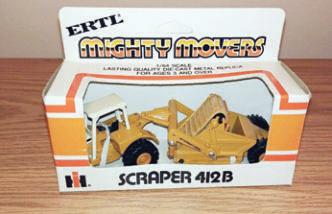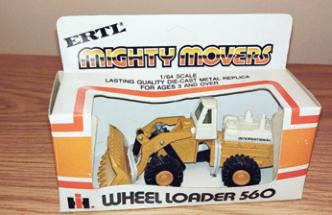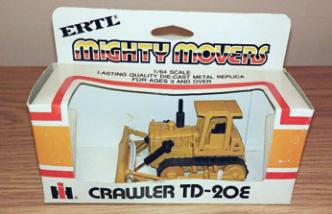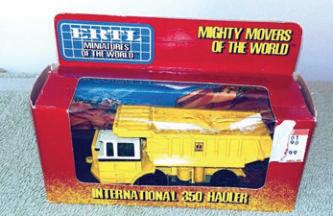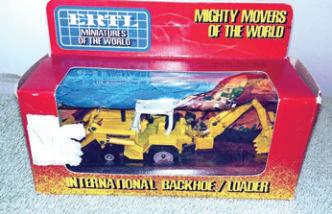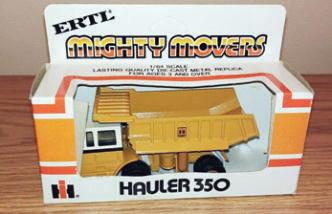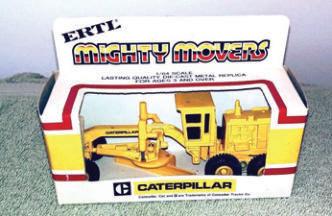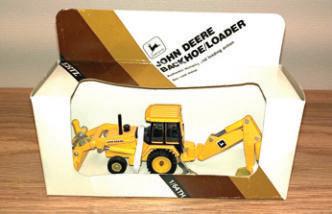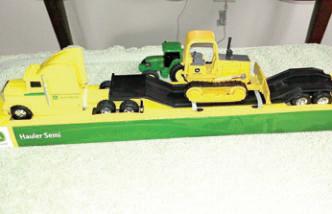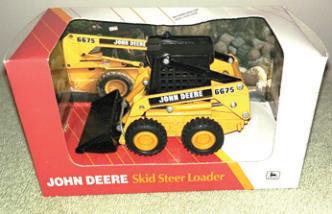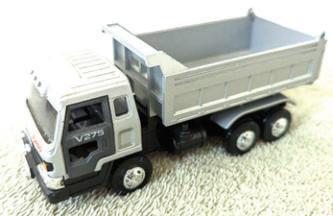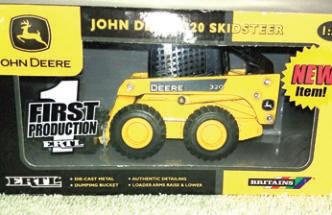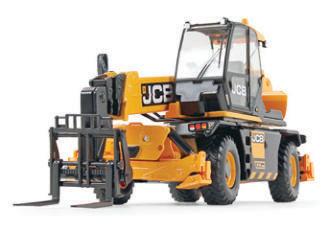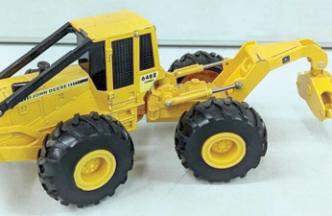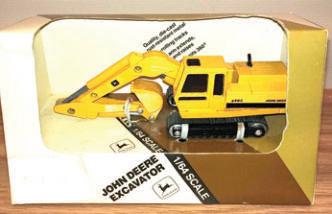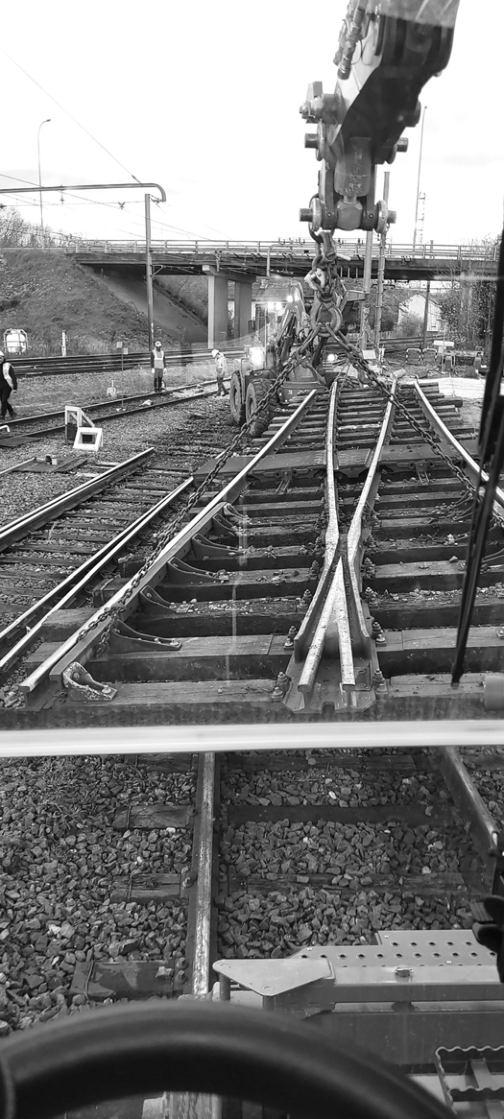
1 minute read
Mecalac Debuts Next-Gen 216MRail for NorthAmerica
Mecalac, a global designer, manufacturer and distributor of compact construction equipment for urban environments, introduced the next generation 216MRail for NorthAmerica.
A dedicated railroad excavator for railway construction and maintenance, the 216MRail offers new features, such as dual drive, along with a leading power-to-weight ratio that offers the performance of a much larger railway maintenance machine. While designed for heavy applications, such as towing rail cars and handling all equipment and materials, the 216MRail is still compact, agile and flexible, especially in confined areas, such as tunnels or below catenaries.
The 216MRail is ideal for light-rail, metro systems and tunnel applications, according to the manufacturer.
Mecalac will exhibit at the Railway Interchange 2023, Oct. 1 to 4 in Indianapolis, with Superior Sales and Service, its dedicated railroad dealer for North America. Product experts will be on hand at booth 5034 to discuss the 216MRail and the other machines in Mecalac’s innovative railroad excavator line.

“The 216MRail is a new alternative for heavy-duty rail equipment,” said Peter Bigwood, general manager of Mecalac North America. “The machine’s power for heavy applications, combined with the boom’s flexibility and the safety of the double cab, highlight Mecalac’s commitment to providing innovative machines for efficient and safe railway work to the rail industry.”
The 216MRail is based on Mecalac’s MWR wheeled excavator series and can be operated as a wheeled excavator off the rails. As the largest machine in the MRail series, the 216MRail weighs in at 44,902 lbs. and is designed for heavy lifting, towing and working with large buckets, mowers,
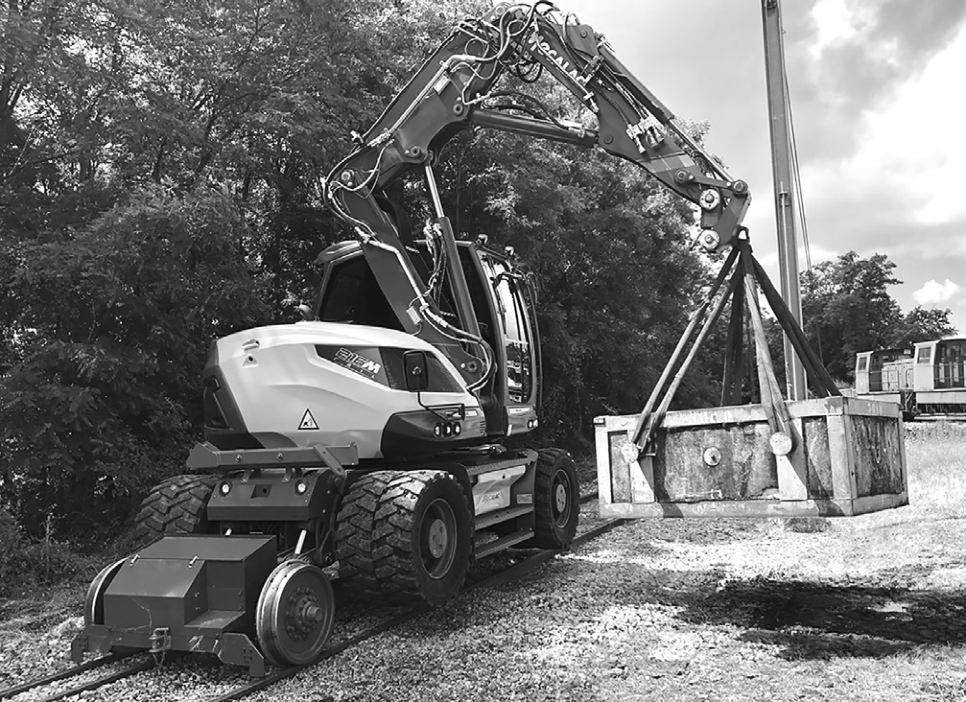
grapples and more.
Dual drive provides operators with the choice of placing the machine’s wheels directly on the rail for increased traction, or completely off the rail for less wear and tear on the tires and to prevent damage to equipment along the track, such as rail sensors. Like the 106MRail and 136MRail models, the 216MRail is equipped with a hydrostatic transmission, enabling the machine to be propelled without the road wheels, leading to considerable savings on tire replacement. Operators also prefer the hydrostatic transmission for its smooth movement on the track, the manufacturer said.
